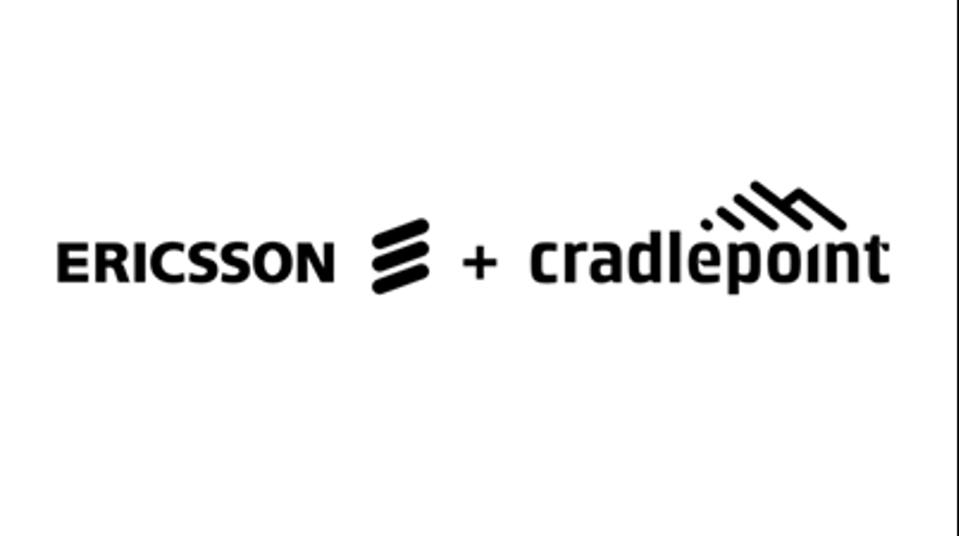
It's no secret that private cellular networking is creating significant buzz. The democratization of access to licensed spectrum in the United States through Citizens Broadband Radio Service (CBRS) and OnGo as an intermediary facilitates compelling use cases that are leveraging LTE and 5G across multiple sectors. As one example of this, I recently wrote about one of the largest smart city deployments on record, and if you are interested, you can read more about it.
However, the biggest potential for private LTE and 5G networking exists within operational technology (OT) environments, where modern cellular connectivity can genuinely transform manufacturing operations, warehousing and logistics. In spending time over the past year with the Ericsson and Cradlepoint teams, I’ve seen how the blend of both organizations is positioning their joint effort to capitalize on these opportunities and more.
Cradlepoint as a critical route to market
Ericsson first announced its intent to acquire Cradlepoint in September 2020 for more than $1 billion. That may seem like a high figure to some, but Cradlepoint powers many of the connectivity experiences we have all come to love in the wild—from Redbox DVD kiosk rentals before the heyday of streaming services to reliable Starbucks Wi-Fi access. As important as its portfolio is, Cradlepoint’s enterprise footprint is even more vital; it provides Ericsson with a critical route into corporate America that Ericsson did not have given its traditional relationships as a communication service provider and mobile network operator.
Thus, combining a deep, well-tested cellular WAN portfolio with a proven enterprise services business makes the acquisition of Cradlepoint an intelligent move for Ericsson. However, proof of success comes only from the successful integration and alignment of portfolios, and there have been many examples of failed mergers and acquisitions in the tech world. This marriage seems primed for success, though.
What I like about the combination of Cradlepoint and Ericsson is the parent company's approach to creating a flexible strategy that positions the right solution based on use case and network profile requirements. One size does not fit all, and the various routes to a private LTE and 5G deployment have the potential to confuse customer organizations of all sizes. But thanks to Ericsson Private 5G and Cradlepoint NetCloud Private Networks, Ericsson is able to offer tailored solutions from one of the industry's broadest private cellular networking portfolios.
Cradlepoint NetCloud Private Networks
In early January, Cradlepoint unveiled the culmination of its extensive development efforts by announcing NetCloud Private Networks. The platform aims to provide a complete solution that simplifies private networking planning, deployment and ongoing management. Cradlepoint takes it a step further with its emphasis on aligning the network operational aspects with those of familiar enterprise endeavors in routing, switching and Wi-Fi. This emphasis on customer experience is critical, given most customers’ relative unfamiliarity with cellular connectivity within the enterprise.
At a high level, NetCloud Private Networks offers robust orchestration and automation—both critical elements in ensuring high performance and resilience. The solution is also complete in itself; it includes a cellular core gateway, indoor and outdoor cellular access points based on a design that has existed for multiple generations, mobile and IoT endpoints and private SIM management for those devices. Additionally, Cradlepoint NetCloud Services offer enterprise-class scale, security, edge computing and analytics for deep insights into network functions and performance, all managed through a single console to simplify operations.
On the surface, it is a compelling offering that should provide additional functionality over time, especially given Cradlepoint’s recent announcement related to SD-WAN and 5G network slicing.
Wrapping up
The market for private networking offerings will continue to accelerate with well-established incumbents such as Ericsson and vying for share with startups. I often state that competition breeds innovation, and private cellular is certainly a great example of that. Ericsson smartly made a critical acquisition with Cradlepoint more than two years ago, and it could pay huge dividends in the future, providing upside in terms of both incremental revenue and profitability.























































































